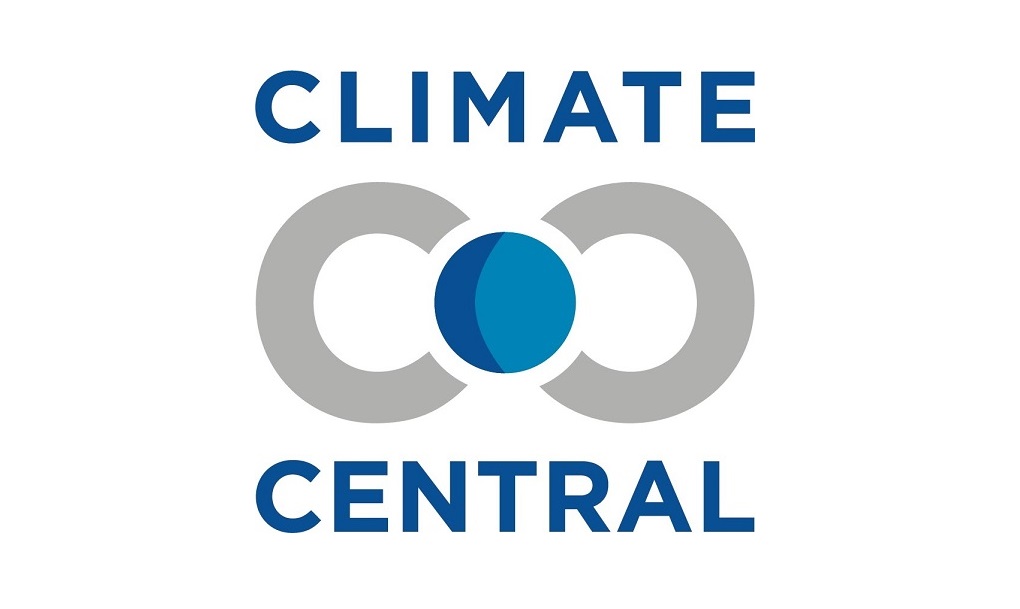Rising Trends in Fire Weather Across the United States: An In-Depth Analysis
As wildfires become a growing concern in the U.S., understanding the conditions that fuel these blazes is crucial. Recent studies by Climate Central reveal significant trends in fire weather, characterized by hot, dry, and windy conditions, throughout the contiguous United States. These findings highlight not only regional disparities but also the intensifying nature of fire weather over the years.
Fire Weather Patterns and Regional Differences
Climate Central’s analysis, which draws on data from 476 weather stations, examines fire weather trends from 1973 to 2024 across 245 climate divisions. On average, regions in the western U.S. experience 31 fire weather days annually, compared to only 8 in the eastern U.S. This substantial difference is indicative of the varying climatic conditions across the country.
The western U.S. is seeing an increase in the duration and intensity of wildfire seasons, with certain areas experiencing up to two additional months of fire weather annually compared to 50 years ago. Southern California, New Mexico, Texas, and Arizona are among the places witnessing the most pronounced increases. Conversely, parts of North Dakota and South Dakota have seen a decrease in fire weather days.
Seasonal Trends and Their Impacts
Much of the increase in fire weather is observed during spring, particularly in the Southwest where summer also sees a rise in such conditions. This trend aligns with the broader effects of climate change, which brings warmer temperatures and drier air, contributing to the spread of wildfires.
In the western U.S., spring and summer are the seasons with the highest increases in fire weather days. Specific regions, such as New Mexico, Arizona, and Colorado, are experiencing up to a month more of these conditions during spring. In the eastern U.S., the rise in fire weather days is more moderate but still impactful, particularly during spring.
Human Influence and Wildfire Risk
Human activities are responsible for 87% of U.S. wildfires from 2001 to 2024, igniting nearly half of the total acres burned during this period. Regardless of the ignition source, the landscape primed by fire weather is more susceptible to fire spread. The analysis emphasizes the role of climate change in exacerbating these conditions, with warming temperatures and lower relative humidity creating an environment ripe for wildfires.
Exploring the Data
For a deeper dive into the data, Climate Central provides interactive maps and downloadable datasets that allow users to explore fire weather trends across different regions and seasons. Download data and explore interactive maps to gain insights into these changing patterns.
Methodology and Further Reading
This comprehensive analysis is based on data from the National Oceanic and Atmospheric Administration (NOAA) and adheres to strict methodological standards to ensure accuracy. For those interested in the scientific methods behind these findings, detailed methodology is available in Climate Central’s 2023 report, Wildfire Weather: Analyzing the 50-year shift across America.
Original Story at www.climatecentral.org
